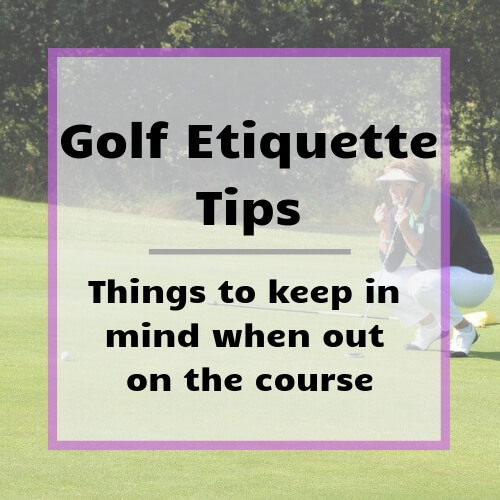where would an employee find an employers rules of etiquette?
- Where would an employee find an employers rules of etiquette
- 5 rules of golf etiquette
- What are three basic rules of online etiquette (netiquette)
Where would an employee find an employers rules of etiquette?
Part of email etiquette is knowing when to respond, how often, and when an unanswered email means “no.” This is especially true for job seekers whatsapp på pc. Use a three-email approach. The first email includes your resume and cover letter. If you don’t receive a response within a few days, send a short and succinct follow-up and reattach your resume. Crickets? A week to ten days after the initial email, send one more follow-up by forwarding your first email without attachments. The reason that you do not include attachments on the final follow-up is to break through spam filters that filter emails with attachments.
Email etiquette rules in the workplace can vary between industries and cultures, both professionally and globally. It can also vary between generations as email etiquette, like the rules for other forms of communication, evolves over time. However, certain general guidelines apply in most email communications, such as using a professional tone and proofreading each email before you send it.
A good subject line is a preview of the email. Instead of a vague subject line like “Hello” or “Checking in,” address your message directly. This way, the recipient immediately knows what the email is about and can respond appropriately.
There are a lot of great ways to make your emails memorable. Comic Sans isn’t one of them. Stick to a standard font—such as Arial, Helvetica, or Times New Roman. These fonts communicate professionalism, and you can trust they’ll appear correctly in any browser or on any device.

Where would an employee find an employers rules of etiquette
If it feels like professional behavior is becoming optional or worse, forgotten you’re not alone. Resume Builder reports that 45% of companies have already launched workplace etiquette training, and another 18% joined them by 2024. Why? Because the basics respect, punctuality, clear communication aren’t being practiced consistently.
Courtesy in the workplace reflects more than just good manners it signals emotional intelligence and sets the tone for mutual respect. While 65% of managers and 46% of employees believe courtesy supports career advancement, there’s a notable disconnect: 61% of leaders say it improves with seniority, while nearly half of employees feel it declines. That’s why it’s crucial to model respectful behavior at all levels.
Respect in the workplace begins with recognition and something as simple as a greeting can go a long way. Studies show that emotions are powerful communicators in professional settings, and individuals who acknowledge others’ presence and emotions are perceived as more trustworthy. Whether it’s a nod, a “good morning,” or a friendly smile, these gestures help build a more cohesive and supportive work environment.
Workplace etiquette isn’t outdated, it’s future-ready when delivered the right way. By embedding these principles into your LMS, you’re not just training employees. You’re shaping a respectful, productive, and professional workforce.
Virtual meetings have become a part of our daily work routine. It is a whole another story compared to in-person meetings. Here are six simple things that you need to follow to maintain the perfect virtual workplace etiquette.
5 rules of golf etiquette
There are a few more things to consider, such as hiring a caddy ($100 to $140 per bag), taking a golf cart, or taking a cart bag. New golfers may especially enjoy the benefits of a caddy, but even the PGA Tour pros use caddies. They can advise you on club selection, read the line on a putt, rake the bunker, and find your ball in the rough. Especially if you play an unfamiliar course, their advice could mean the difference between a par and a bogey.
As you near the green, you might find the bunker. Always enter the trap from the low side directly to the ball. If you enter the sand trap, your wedge can’t touch the sand before your shot because it ensures you don’t ease the challenge of getting out. Take the rake in with you and return the sand to its original condition after you escape the trap, including removing the footprints.
Never do this by the green you just played. You should clear the area as soon as possible so the group behind you can hit their approach shots. And there will be plenty of time on the next tee to record scores while your fellow competitors are hitting their tee shots.
Good beginner golf etiquette should always include refraining from talking to your shot while playing. It can be tempting, especially when feeling confident, but it is generally seen as unprofessional and in poor taste. The same goes for speaking about the shots of fellow players. It can be condescending or insulting even if you try to encourage them or give advice.

There are a few more things to consider, such as hiring a caddy ($100 to $140 per bag), taking a golf cart, or taking a cart bag. New golfers may especially enjoy the benefits of a caddy, but even the PGA Tour pros use caddies. They can advise you on club selection, read the line on a putt, rake the bunker, and find your ball in the rough. Especially if you play an unfamiliar course, their advice could mean the difference between a par and a bogey.
As you near the green, you might find the bunker. Always enter the trap from the low side directly to the ball. If you enter the sand trap, your wedge can’t touch the sand before your shot because it ensures you don’t ease the challenge of getting out. Take the rake in with you and return the sand to its original condition after you escape the trap, including removing the footprints.
What are three basic rules of online etiquette (netiquette)
In today’s world, with so many devices and media competing for our attention, information overload can often be overwhelming. It’s important to respect people’s time and keep your online communication succinct.
If you are forwarding an email message, use BCC (blind carbon copy) rather than CC (carbon copy) when sending it to more than one person. This helps protect the privacy of all the other email recipients.
To stay in touch with a colleague without adding them as a Facebook friend, tell them you only use Facebook for close personal friendships. Suggest that you connect on LinkedIn or another professional networking site to stay in touch.
Don’t forward information sent to you without checking with the original sender first; doing this behind their back can create mistrust if they find out. This includes copying and pasting texts or sending screenshots.
When it feels like you’re being left out, it can lead to both negative emotions and a sense of lost control. While these effects can affect anyone, some research suggest that they tend to impact women with greater frequency.
